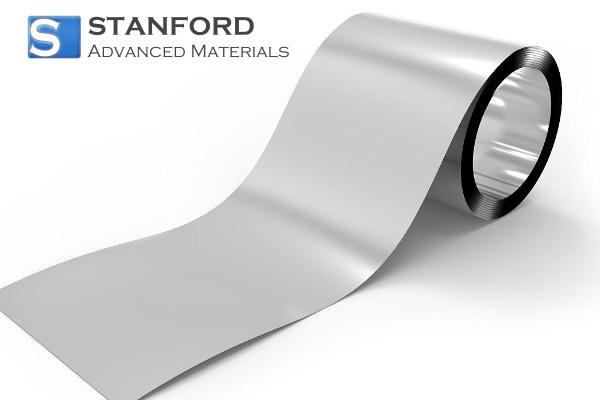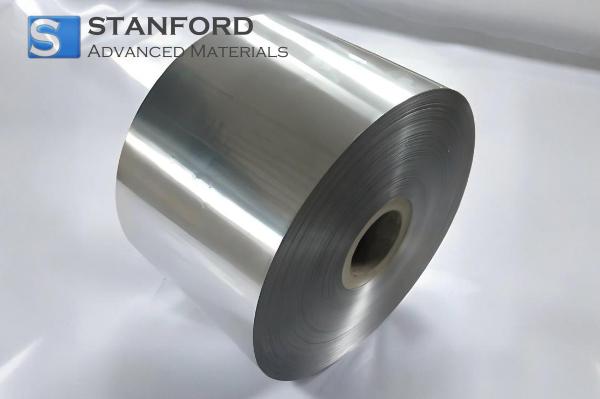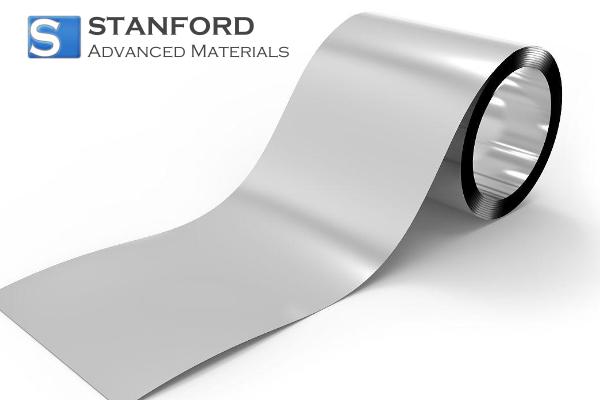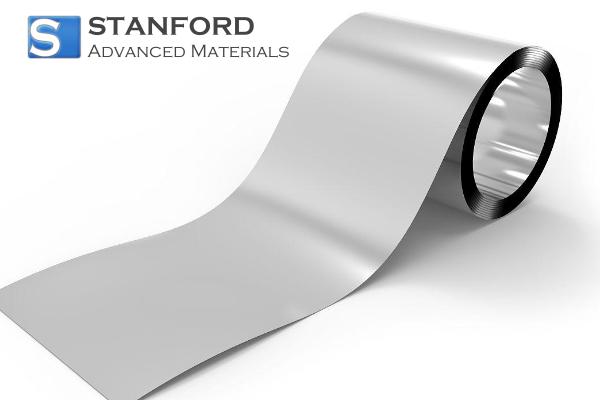Francium: Element Properties And Uses
Description
Francium is a rare, radioactive alkali metal with distinct properties. This article provides an introduction to the element and examines its chemical and physical properties.
Introduction to the Element
Francium is one of the least studied elements in the periodic table. As an alkali metal, it exhibits properties typical of its group; however, its pronounced radioactivity and extreme scarcity distinguish it from its counterparts.
Description of Chemical Properties
The chemical properties of Francium follow the trends observed among alkali metals; however, its instability adds an extra aspect to its reactivity. Francium readily loses its sole valence electron to form compounds in the +1 oxidation state. When it comes into contact with water, it reacts vigorously, producing francium hydroxide and hydrogen gas.
Due to the element’s high radioactivity, only minute quantities have been isolated, thereby complicating direct chemical analysis. The description of Francium’s chemical properties is often deduced from the behaviour of lighter alkali metals such as caesium and rubidium. Its high reactivity combined with a short half-life means that most available knowledge is derived from theoretical models and extrapolated experimental data rather than bulk chemical reactions.
Table of Physical Property Data
|
Property |
Value |
Units |
|
Atomic Number |
87 |
- |
|
Atomic Weight |
~223 |
u |
|
Melting Point |
~27 |
°C |
|
Boiling Point |
~677 |
°C |
|
Density (estimated) |
~2.48 |
g/cm³ |
|
Half-life |
22 minutes (at its most stable) |
- |
Further information can be found at Stanford Advanced Materials (SAM).
General Applications
Due to the element’s extreme scarcity and high radioactivity, Francium does not have widespread practical applications. Its use is almost exclusively confined to scientific research. In laboratories, trace amounts of Francium are utilised in experiments designed to understand atomic structure, nuclear decay processes and the fundamental interactions that determine the behaviour of heavy elements.
Preparation Methods
The preparation methods for Francium differ significantly from conventional chemical synthesis. Instead of traditional chemical reactions, nuclear processes produce Francium. Researchers typically generate it in particle accelerators or nuclear reactors, where high-energy collisions trigger nuclear reactions.
Frequently Asked Questions
What is Francium?
Francium is a rare, radioactive alkali metal with high reactivity and minimal natural occurrence.
How is Francium produced?
Francium is synthesised through nuclear reactions, often as a decay product of actinium or by bombarding heavy elements with high-energy particles.
Why is Francium not used in industry?
Due to its extreme scarcity and radioactivity, Francium is unsuitable for industrial applications and is therefore confined to scientific research.
What are the primary chemical properties of Francium?
Francium loses a single valence electron to form a +1 ion and reacts vigorously with water. These properties are consistent with those observed among alkali metals.
How does research on Francium benefit other sectors?
Studies on Francium contribute to the development of radiation detection instruments and protocols for the safe handling of radioactive materials.

 Bars
Bars
 Beads & Spheres
Beads & Spheres
 Bolts & Nuts
Bolts & Nuts
 Crucibles
Crucibles
 Discs
Discs
 Fibers & Fabrics
Fibers & Fabrics
 Films
Films
 Flake
Flake
 Foams
Foams
 Foil
Foil
 Granules
Granules
 Honeycombs
Honeycombs
 Ink
Ink
 Laminate
Laminate
 Lumps
Lumps
 Meshes
Meshes
 Metallised Film
Metallised Film
 Plate
Plate
 Powders
Powders
 Rod
Rod
 Sheets
Sheets
 Single Crystals
Single Crystals
 Sputtering Target
Sputtering Target
 Tubes
Tubes
 Washer
Washer
 Wires
Wires
 Converters & Calculators
Converters & Calculators
 Write for Us
Write for Us




 Chin Trento
Chin Trento



